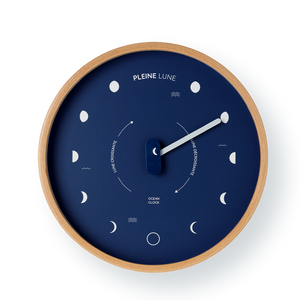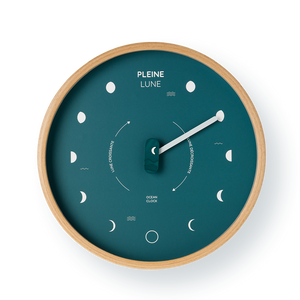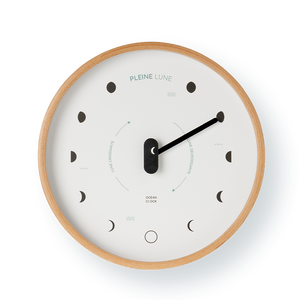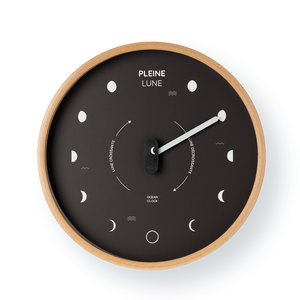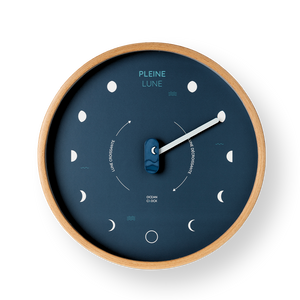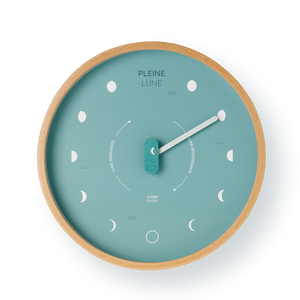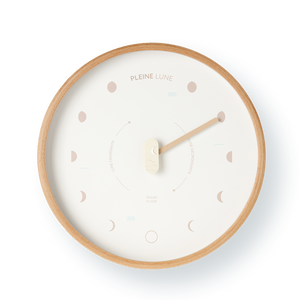Understand in a flash!
Understand in a flash!
If you’re used to liquid or digital thermometers, you might be wondering how temperature can be displayed on a dial. Like clocks or barometers, the dial thermometer also works thanks to a specific internal mechanism.
How does it work?
1. The Bimetallic Mechanism
The heart of this type of thermometer consists of two metal strips, each with a different coefficient of thermal expansion. These two strips are welded together along their entire length, forming a single piece, but they respond differently to heat. When the temperature rises, one strip expands more than the other, causing the entire strip to bend.
2. The Spiral Shape
In a needle thermometer, the bimetallic strip is often coiled into a spiral shape. This design amplifies the expansion movement of the metals and transforms this small variation into a larger, easier-to-read rotational movement. The spiral is fixed at one end, while the other end is connected to the thermometer’s needle.
3. The Needle Movement
As the temperature changes, the difference in expansion between the two metals causes the spiral to contract or unwind. This movement is directly transmitted to the needle, which rotates on the dial to indicate the temperature. If the temperature decreases, the metal strip reacts in the opposite way, causing the needle to turn in the opposite direction.
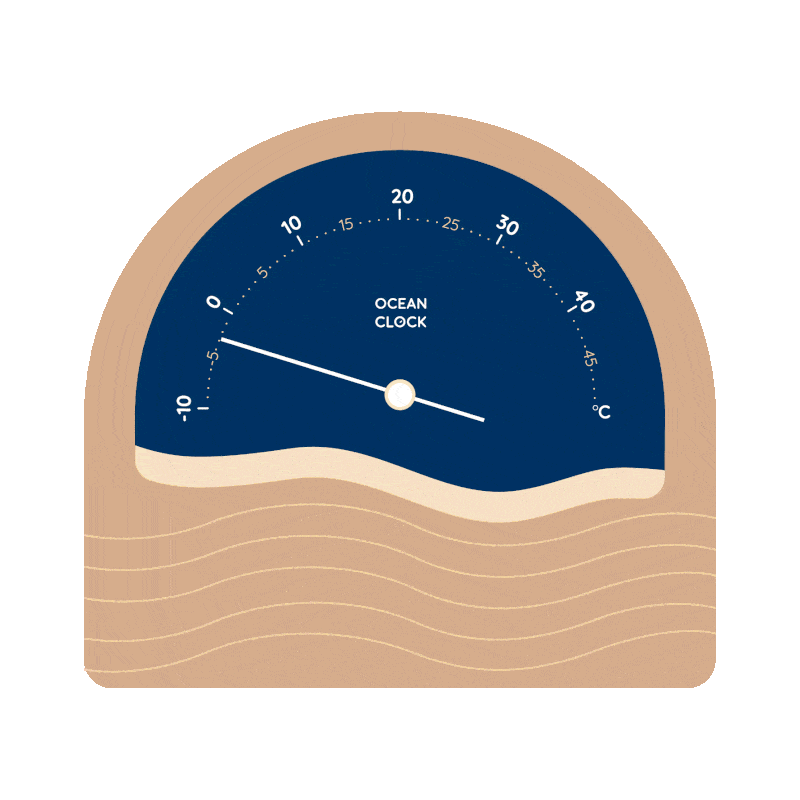
Do you need to adjust your thermometer?
The thermometer requires neither a power source nor any adjustment; it is calibrated with a laboratory-grade thermometer during the assembly of the mechanism.
The mechanism then adapts automatically to temperature changes. If you move or decide to place this unique thermometer in another room, there is no need to make any adjustments you can simply rely on its readings. Note that when you relocate your needle thermometer, it needs about 20 minutes to acclimate and provide an accurate temperature reading.

Where to install your needle thermomete
To avoid affecting temperature readings, here are some tips for placing your indoor thermometer in the right spot.
Recommendations
For optimal use, we recommend placing your thermometer on a piece of furniture or shelf, away from any sources of heat or cold. For example, it’s best to avoid positioning the thermometer near a heater or a window, as this can distort its readings.
Indeed, if your thermometer is not placed in a suitable location, it won’t accurately reflect the temperature of its surroundings. Please note that this designer thermometer is not suitable for outdoor use. Using it outside is not recommended, as exposure to humidity, sunlight, and rain can damage its wooden base.
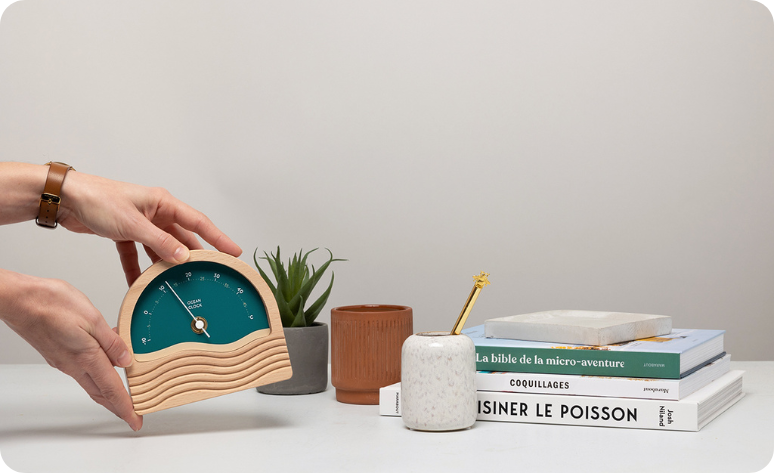
Additionally, the mechanism located at the back of the thermometer needs space to properly respond to temperature changes in your room or living area. It is therefore best not to block the back of your decorative thermometer by leaving a few centimeters of clearance between it and the wall.
What about its accuracy?
Ocean Clock needle thermometers offer an accuracy of ±1°C, a performance comparable to most digital thermometers available on the market.
This margin of accuracy is perfectly suitable for home use, ensuring reliable readings of the ambient temperature.
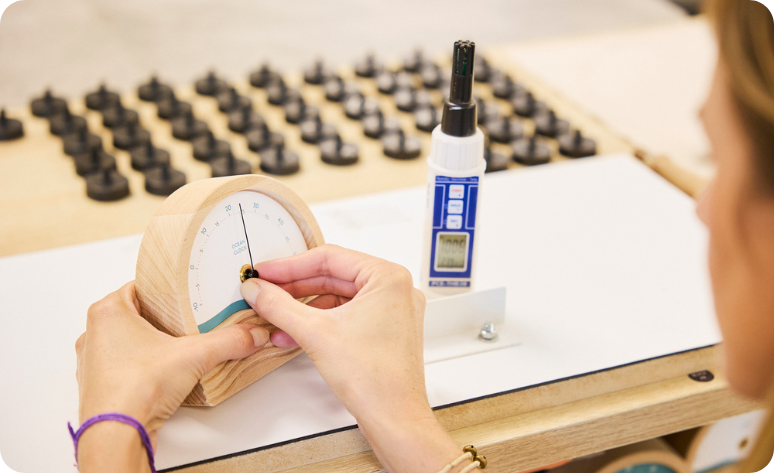
CHECK OUR FAQ
Having trouble with your product? If you’re experiencing an issue with one of our products, don’t worry! We invite you to consult our FAQ, where you’ll find answers and solutions to the most common problems. This will help you resolve the situation quickly and easily. If needed, our team is, of course, available to assist you.


